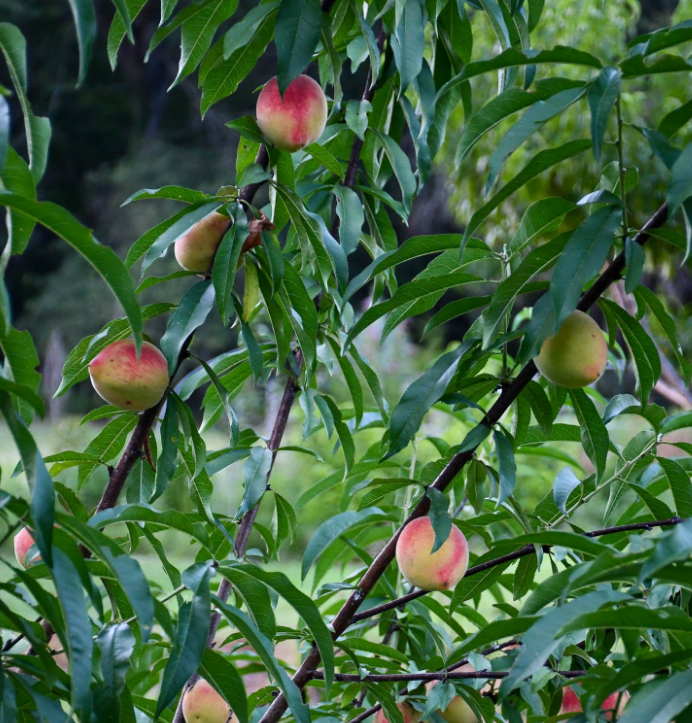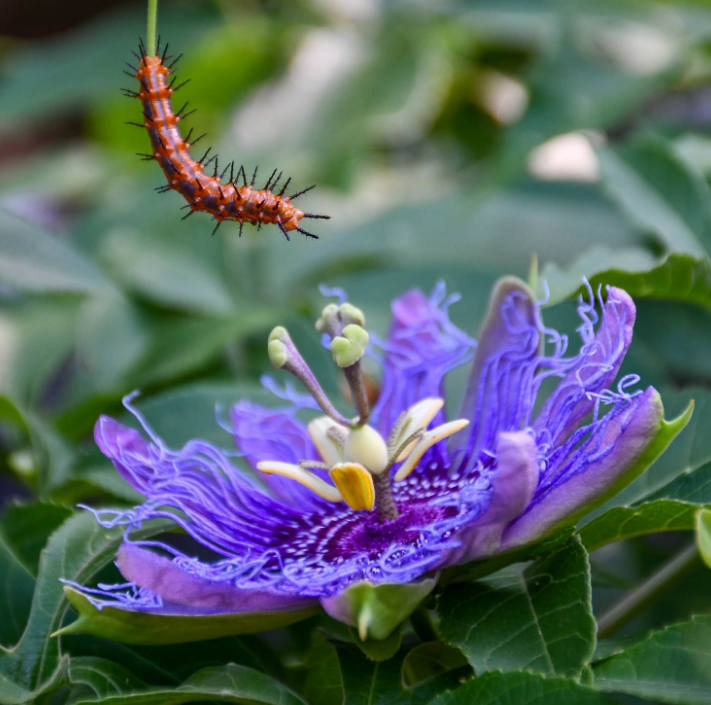Artichoke farming is actually not easy, at least in the North, and very few people are able to grow artichokes as well as they do, but things are changing as new methods and varieties become available. It will take some time for this to catch on, but as more and more local growers discover the potential of the new methods, local farmers markets and farm stands will begin to feature artichokes.
 The best part here is that home gardeners don’t need to wait, you can start now because artichoke seeds must be started early and grown in light, but never in the cold, so skip winter germination or anything else Like this, exposure to cold temperatures at a young age is a trick you use in April to get your seedlings to bloom in their first year.
The best part here is that home gardeners don’t need to wait, you can start now because artichoke seeds must be started early and grown in light, but never in the cold, so skip winter germination or anything else Like this, exposure to cold temperatures at a young age is a trick you use in April to get your seedlings to bloom in their first year.
Artichokes are botanically perennials, and a new approach to growing the crop in the North has a trick that allows people to think of them as annuals. For nearly a century, if home gardeners wanted to grow artichokes, they had to buy rootstocks, nutrient zones, or pot nurseries. Due to the variety of seed cultures available, this is still the commercial method of propagating plants on artichoke farms.
It is worth noting that seed strains are required, so this variability is not a bad thing as today, purple, spiky or rounded buds from one field are considered diverse and provide interest. Commercial growers want consistency and uniformity when producing their product.
Always remember: artichokes cannot survive in soils below 25° F, so as true perennials, plants need at least two years to produce buds, which makes their culture primarily adapted to mild winter climates.



